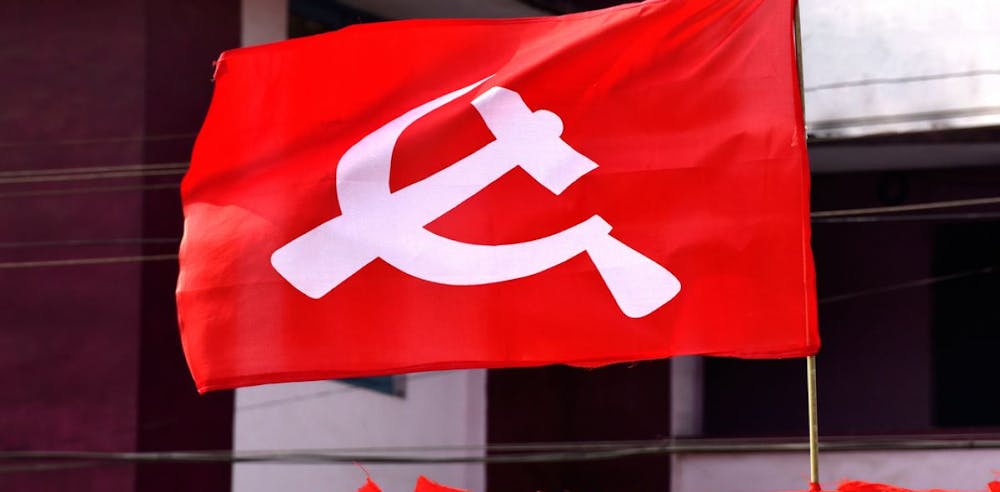The Communist Party of India (CPI) split into the Communist Party of India (Marxist) and the CPI on 7 November 1964. The split was a result of ideological differences which came to light during the Sino-Indo War of 1962.
Prior to the Sino-Indo War, the Soviet Union and China had been progressing towards a split in their allyship. After Stalin’s death in 1953, Nikita Krushchev began to adopt a freer form of communism that allowed for capitalism and communism to coexist. This was against Mao Zedong’s idea of a more aggressive communist policy. The breach of ideologies carried over to the Indian context. At the time of the Sino-Indo War, many communists in India were jailed for being pro-china. While the more conservative faction sided with the Indian National Congress, the more radicalised faction were in support of the Chinese retaliation. The aggression towards the CPI on a national scale forced them to go underground. After many party meetings the CPI split and the CPI(M) emerged.
The CPI is said to believe in the Soviet form of communism where capitalism and communism can coexist. Democracy is a medium through which the working class can be empowered. This policy of communism is popularly understood to be freer, with less censorship. The CPI(M) follow the Chinese form of communism which follows the mass line, a method of organisation where the masses are consulted while making policy. The CPI(M) are opposed to the import of foreign goods and are supporters of an indegenous economy. They also maintain that it is the peasantry rather than the working class in need of upliftment.
As of 2022, both the CPI(M) and CPI are in two allied governments in the states of Kerala and Tamil Nadu.

